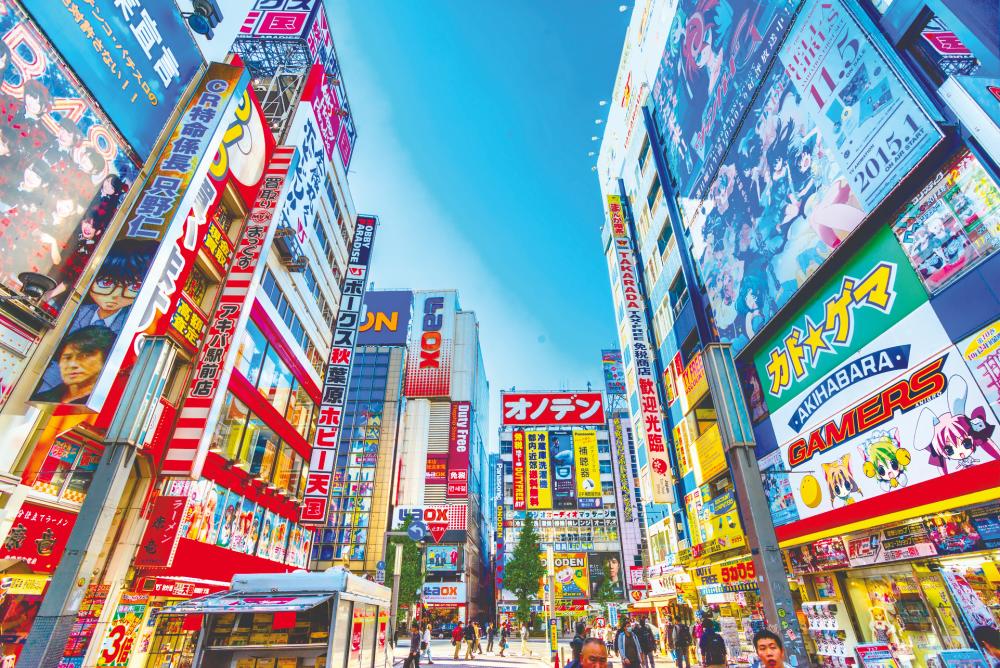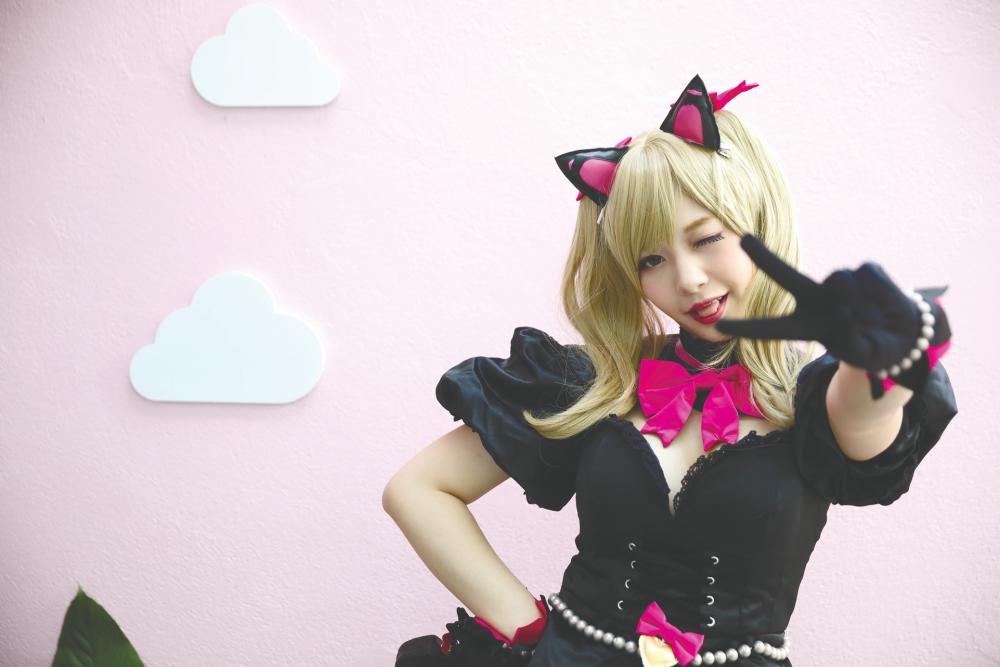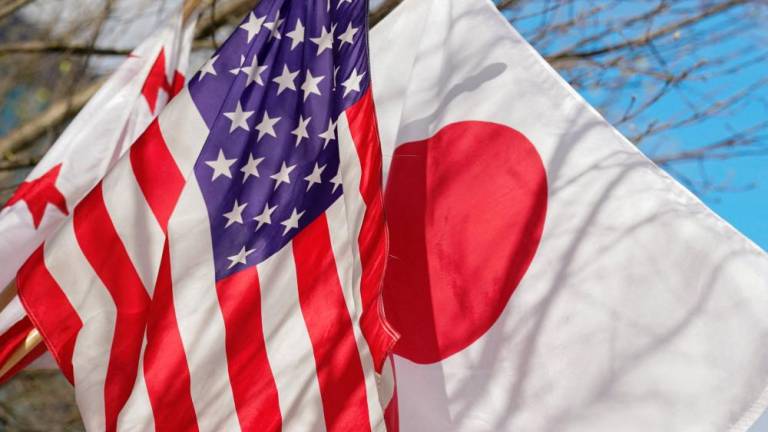One of Japan’s greatest contributions to the world is its unique brand of pop culture elements, which have been steadily evolving over the past several decades, beginning in the post-WWII era, as the country sought to rebuild and reinvent itself.
In particular, two aspects of Japanese culture – anime and manga – have long been at the heart of Japanese culture and tradition, with a steady increase of popularity between the generations. Although anime and manga are most popular in Japan, over the last two decades in particular, their popularity has also grown considerably around the world.
One of the major reasons why anime and manga have stood the test of time and became so popular is because of their ability to grow with their followers.
The Rise of Anime
The first Japanese cartoons were produced in the early twentieth century, but anime only took off as a creative form after World War II, and especially in the 1960s, when animation became a centrepiece in the young medium of television.
Today, anime is widely available in Japan on TV, as feature films, and through OVA (original video animation), productions released directly to DVD and on the Internet. Popular anime characters can be seen all over Japan on toys, t-shirts, accessories, and stationery.
Anime also inspired the creation of Japan’s first vocaloid singer, Hatsune Miku, who is a cartoon sixteen-year-old girl who makes pop music. Despite not being a real person, she has a huge fanbase and people even go to her live concert.
In addition, many companies use cute anime-style characters as mascots to attract young people to their brand. A good example of this would be the Pokemon series, which has aired since the 1990s to present and boasts dozens of games.
Mad about Manga
Today, manga are popular among all age groups in Japan, from young schoolgirls to aging corporate executives, and span a remarkable range of subjects, including action, romance, science fiction, sports, erotica, food, and history. According to some sources, comics make up over 40% of the books published in Japan, with numerous weekly and monthly magazines catering to the nation’s manga-loving public.
The large anime and manga fandom is split into different genres that specifically target separate demographics. For example, kodomo is a type of anime aimed at younger children. Shônen is a type of manga meant for boys aged 12-18. Shôjo is mainly used to describe a young female demographic for anime and manga between the ages of 7-19.
Readers can purchase large manga magazines, which typically contain single episodes of many different stories. These magazines are published either weekly or monthly, and some of the more popular ones include Weekly Shonen Jump, Weekly Young Jump and CoroCoro Comic.
Cosplay Culture
Cosplay as a concept is not exclusive to Japan, as people have been dressing themselves up as various pop culture characters since the early 20th century. However, there can be no denying that Japan has revolutionised the idea, spreading its unique brand of cosplay among anime and manga fans worldwide.
Japan has embodied cosplay as part of its pop culture, especially in districts such as Harajuku and Shibuya. Cosplayers in these areas dress up on a daily basis, so it is not odd to see someone stand out amongst all the civilians.
In addition, all over Japan, there are many statues and landmarks that commemorate famous anime titles, manga, and their creators. Many stores in these areas sell merchandise catered to otaku all over the world. The otaku culture in Japan is so great that these stores make huge profits, often overshadowing the merchandise sales of similar cult followings.
Perhaps one of the most important otaku-themed shopping districts in Japan is an area in Tokyo named Akihabara.
Akibahara: Subculture Central

Akihabara is known worldwide as the area in Tokyo where you can find practically anything related to electronics, anime and video games. Moreover, it is an important centre of Japan’s modern otaku culture.
The subcultures obsessed with gaming, manga, figure collecting and anime that constitute otaku culture have their roots firmly planted in Akihabara. Squeezed in between the many electronic component shops are shrines dedicated to individual obsessions. Akihabara Radio Kaikan and the Akiba Culture Zone, for example, house many stores dedicated to anime, manga and games.
In addition to shops, various other animation-related establishments have become popular in the area, particularly maid cafes where waitresses dress up and act like maids or anime characters, and manga cafes, a type of internet cafe where customers can read comics and watch DVDs in addition to having access to the internet.
Read more about Japan’s unique subcultures here:
1. https://japanjunky.com/the-history-behind-anime-in-japan/
2. https://www.widewalls.ch/magazine/japanese-manga-comics-history
3. https://www.gotokyo.org/en/destinations/central-tokyo/akihabara/index.html
This article is first published in theSun iPaper HERE













